Exclusive: Princess Kate and Princess Eugenie's royal wedding ring secrets laid bare
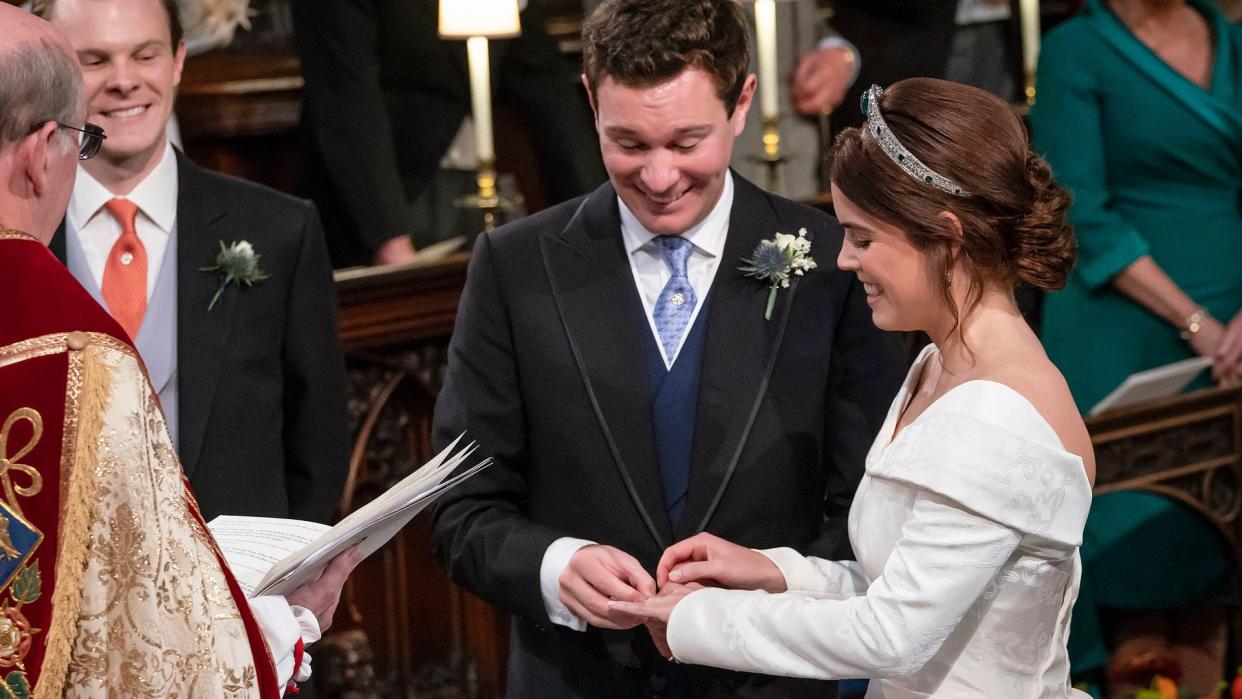
Royal brides may have been given very unique engagement rings, but their wedding rings all had one thing in common – they were crafted from the same nugget of gold from the Clogau St. David’s Gold Mine.
The tradition started in 1923 when Lady Elizabeth Bowes-Lyon, the Queen Mother, married the Duke of York. The couple enlisted the help of Clogau, who already had "a long and illustrious history" with the British royal family, to create the ring that would symbolise their marriage.
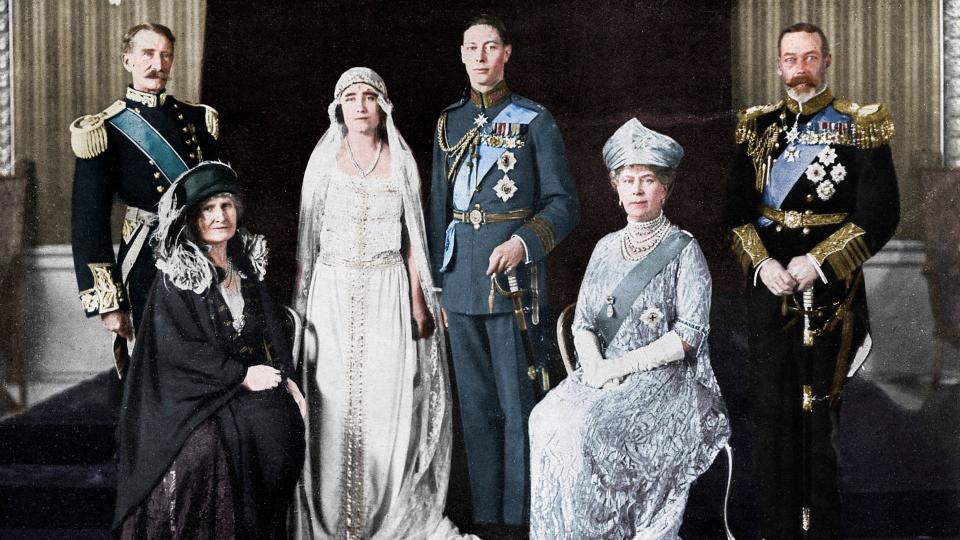
"The symbolism of Welsh gold within the royal family is a subtle nod to the proud and noble heritage of Wales, and highlights how important the country is to them," Clogau's Managing Director Ben Roberts told HELLO!.
Over one century later, other brides such as Queen Elizabeth II, the Princess of Wales, Princess Eugenie and the Duchess of Sussex have followed suit. But Ben has discussed "concerns" that supplies are diminishing, which calls into question how long this tradition will be able to continue.
Thousands of photos have documented their symbolic plain gold bands, from the moment they slipped it on their finger at their wedding ceremony to daily royal outings, but very little is known about them.
You may also like
16 best diamond engagement rings for 2024: From oval to princess cuts
Royal engagement ring costs: Zara Tindall's diamond, Princess Anne's vintage sapphire & more prices
Real reason Prince William doesn't wear a wedding ring revealed
Exclusive: David Emanuel talks Princess Diana's dress, his new range and what he really thinks of the Spencer sisters' wedding gowns
Zara Tindall let slip bizarre nicknames for husband Mike: From endearing to very cheeky
Shining light on some of the secrets of the brand loved by the royals, he said: "With gold mining currently inactive, we know there’s a concern about gold supplies eventually running out.
"Welsh gold is possibly the rarest in the world, so we carefully make sure to include only a small amount within each piece of Clogau jewellery. Our goal is to help preserve the longevity of Welsh gold, whilst keeping Clogau affordable and accessible."
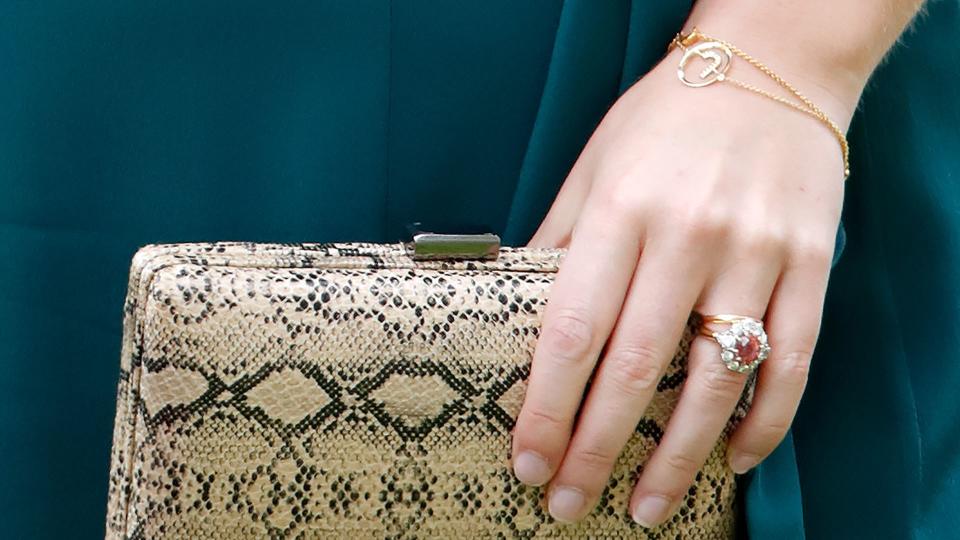
While the royals' rings appear to be plain at first glance, Ben said they are "unique" and "personally customised." But do they feature the trademark Welsh Dragon stamp that brands Clogau jewellery?
"It’s true that almost every piece of jewellery containing Welsh gold is marked with a dragon stamp. The eye-catching and original stamp helps identify a genuine piece of Clogau gold," he began, before coyly adding: "But there are exceptions to the rule, and wedding bands are usually one of them, as they follow a more traditional and plain design.
"When it comes to the wedding rings of the royal family, it would not be surprising if they did not bear the dragon mark.
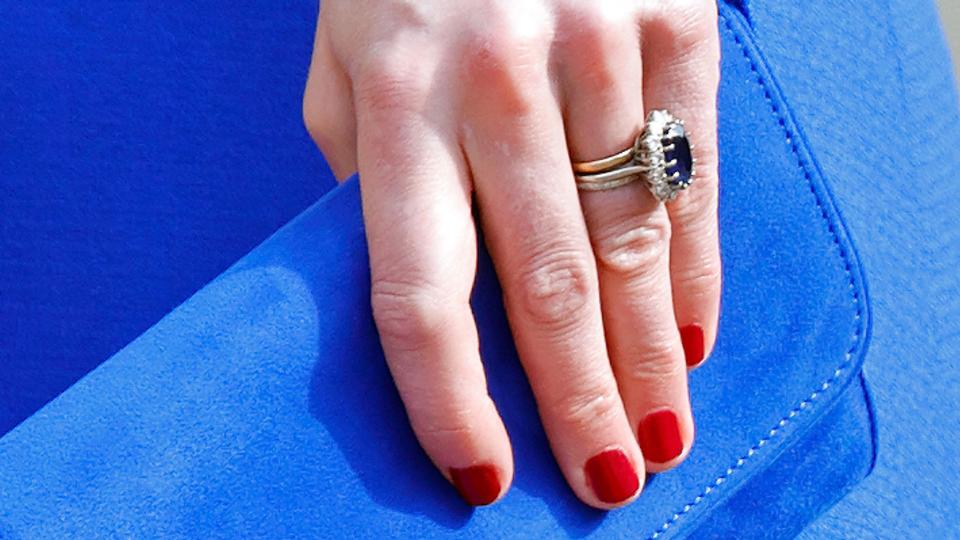
"Each wedding band worn by the royal family is unique, and personally customised to act as a beautiful reminder of their big day. But this does not take away from the storied history and use of Welsh gold."
Unlike their wedding rings, information about royal engagement rings is much more widely disseminated. For example, Princess Kate famously wears her late mother-in-law Princess Diana's sapphire and diamond ring. The jewellery expert previously told HELLO! that owning a historic royal heirloom such as hers comes with its perks and "challenges."
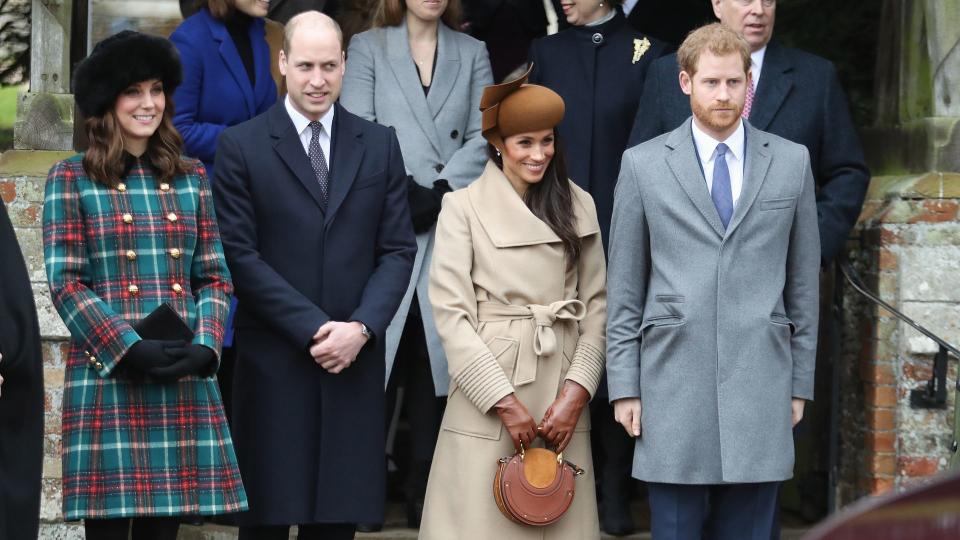
"Most people don’t know the level of upkeep that wearing an heirloom day-to-day can entail," began Ben. "Even without any alterations, caring for an heirloom of such value comes with its own challenges. Kate and her team will need to employ careful maintenance, with regular inspections and in-depth evaluations, gentle cleaning to restore sheen, and, if necessary, expert repairs to ensure its longevity.
"That way, she can continue to wear it every day and maintain a constant connection to the past while grounding her in the present as a beloved senior member of the royal family."
DISCOVER: Queen Letizia just wore a waist-cinching wedding dress – but nobody noticed



